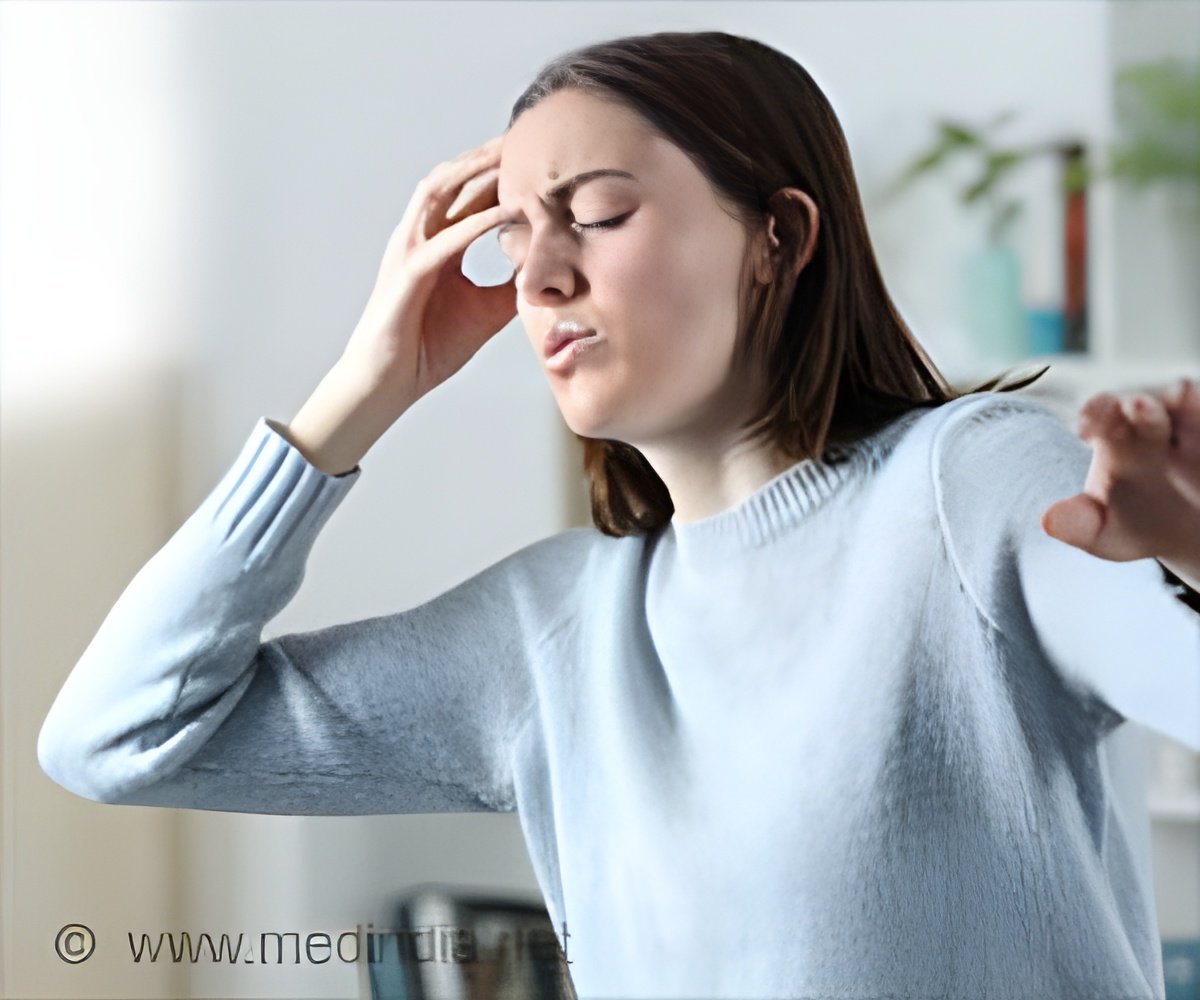
Most children diagnosed with long COVID are likely to suffer from orthostatic intolerance (OI), a condition that makes it difficult for the body to regulate blood pressure and heart rate while standing for 10 minutes, a recent study from the Kennedy Krieger Institute reveals. This can lead to symptoms such as dizziness, lightheadedness, fatigue, and “brain fog,” affecting cognitive function(1✔ ✔Trusted Source
Orthostatic Intolerance in Children With Long COVID Utilizing a 10-Minute Passive Standing Test
).
Prevalence of Orthostatic Intolerance in Children with Long COVID
Orthostatic intolerance encompasses conditions like postural orthostatic tachycardia syndrome (POTS) and orthostatic hypotension. Among the children studied, common symptoms included dizziness (67%), fatigue (25%), and body pain (23%), which worsened when standing but improve when lying down. These issues often interfere with daily activities such as exercising, attending school, and socializing, greatly impact their quality of life.
This new research, conducted at Kennedy Krieger’s Pediatric Post-COVID-19 Rehabilitation Clinic, reveals that OI is prevalent among children dealing with the long-term effects of the COVID-19. Researchers found 71% of the patients studied at the Institute, experienced at least one orthostatic condition.
Targeted Approaches to Treat Orthostatic Intolerance in Pediatric Long COVID Patients
Dr. Laura Malone, director of the Pediatric Post-COVID-19 Rehabilitation Clinic at Kennedy Krieger, is the senior author of this study. She explains, these findings show the importance of screening pediatric long COVID patients for OI, as many have symptoms that could be missed without proper testing.
“Research proves this condition is common. Sixty-five out of the 92 children we studied were battling side effects like dizziness and fatigue from OI,” Dr. Malone said. “Early diagnosis and treatment will give them the chance to recover and return to their normal routines.”
The study findings call for a multi-faceted approach to treatment. Research emphasizes the importance of increased salt and fluid intake, exercise training, and physical therapy. Medications to manage heart rate and blood pressure are also being explored. However, Dr. Malone says more research is needed to fully understand OI.
“Our goal is to provide more targeted and tailored treatments that will help these children,” Dr. Malone said. “This study is just the beginning, and we hope it will spark further research to support children with long COVID.”
Advertisement
Reference:
- Orthostatic Intolerance in Children With Long COVID Utilizing a 10-Minute Passive Standing Test – (https://journals.sagepub.com/doi/10.1177/00099228241272053?icid=int.sj-abstract.citing-articles.2)
Source-Eurekalert



